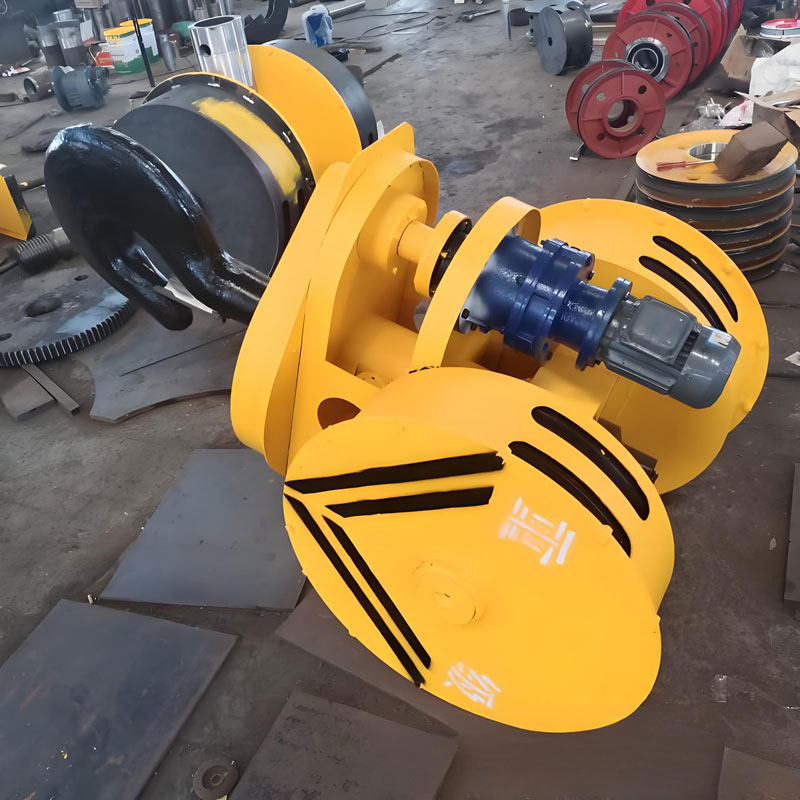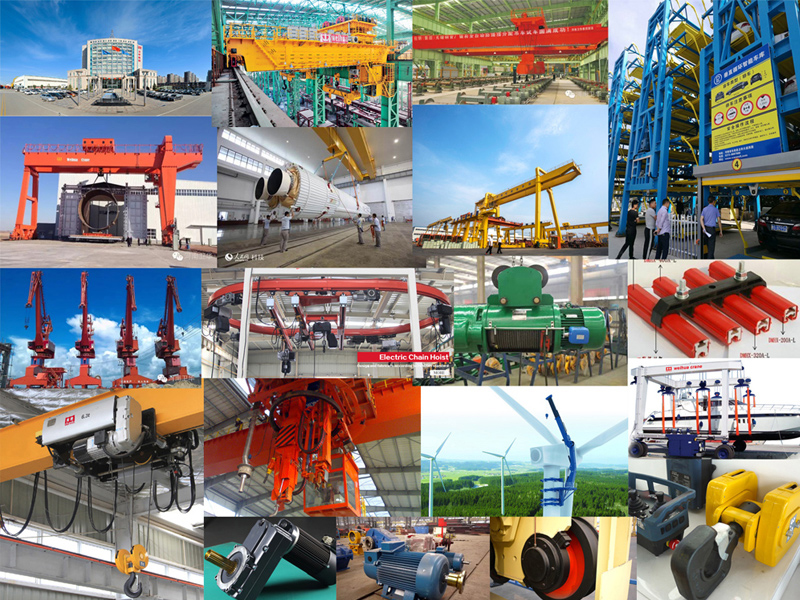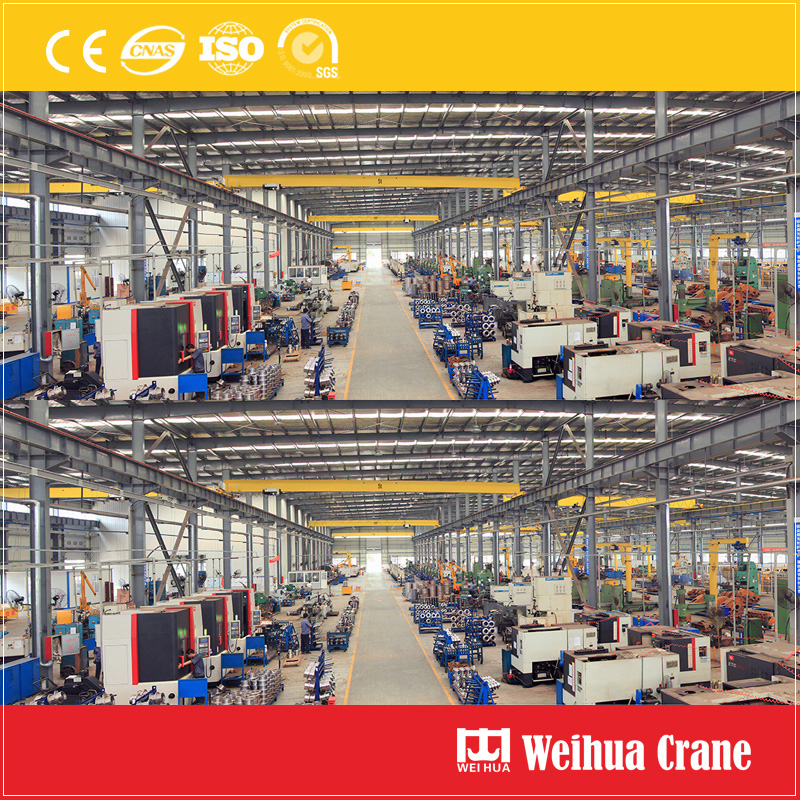Giữa trung tâm công nghiệp Châu Âu nhộn nhịp, trên các công trường xây dựng vươn tới bầu trời, và trong hầm hang của tàu, một anh hùng thầm lặng gánh vác gánh nặng to lớn với độ tin cậy thầm lặng: móc cẩu kiểu châu Âu, được chế tạo tỉ mỉ theo tiêu chuẩn DIN. Không chỉ là một miếng thép rèn cong, nó đại diện cho một di sản về độ chính xác kỹ thuật, sự an toàn, và khả năng tương tác làm nền tảng cho việc xử lý vật liệu trên khắp lục địa và hơn thế nữa.

TỪ, hoặc Viện Tiêu chuẩn hóa Đức (Viện tiêu chuẩn hóa Đức), đồng nghĩa với chất lượng kỹ thuật nghiêm ngặt. Vì Móc cần cẩu, tiêu chuẩn quan trọng nhất là DIN 15400 (thường được coi là DIN 15400-1, TỪ 15400-2, vân vân.). Tiêu chuẩn này không chỉ là một gợi ý; đó là một bản kế hoạch chi tiết toàn diện chỉ ra:
1. Thiết kế & Kích thước: Hình học chính xác cho thân móc, chân, và chốt (nơi áp dụng). Điều này đảm bảo khả năng tương thích với các khối cầu trục, xiềng xích, và các phụ kiện nâng từ các nhà sản xuất khác nhau trên khắp Châu Âu. Một cái móc được chế tạo theo tiêu chuẩn DIN 15400 sẽ phù hợp với khối tiêu chuẩn DIN.
2. Vật liệu & Chế tạo: Yêu cầu nghiêm ngặt về mác thép rèn chất lượng cao (giống như DIN thường được chỉ định 17100 St 52-3 hoặc thép cường độ cao tương đương) và chính quá trình rèn. Điều này đảm bảo sức mạnh vốn có và khả năng chống biến dạng.
3. Phân loại tải & Đánh dấu: Móc được phân loại dựa trên chu kỳ hoạt động dự định của chúng (VÍ DỤ., M4, M5, M6 đến M8), từ dịch vụ nhẹ đến rất nặng. Điều quan trọng, mỗi móc phải được đánh dấu vĩnh viễn và rõ ràng bằng:
Nhãn hiệu hoặc logo của nhà sản xuất.
Khả năng tải danh nghĩa (Tải trọng làm việc an toàn – SWL) tính bằng tấn (t).
Số tiêu chuẩn DIN (VÍ DỤ., TỪ 15400).
Lớp vật liệu.
Một số sê-ri duy nhất để truy xuất nguồn gốc.
4. Kiểm tra tải bằng chứng: Mỗi chiếc móc đều phải trải qua và vượt qua bài kiểm tra tải trọng nghiêm ngặt (tiêu biểu 200% của SWL) trước khi rời khỏi nhà máy. Thử nghiệm không phá hủy này xác minh tính toàn vẹn của cấu trúc dưới áp lực cực độ.
5. Yêu cầu về chốt: Trường hợp chốt an toàn được chỉ định (thường bắt buộc đối với một số ứng dụng nhất định), TỪ 15400 xác định thiết kế của họ, sức mạnh, và có chức năng ngăn ngừa tình trạng tải bị rơi ra ngoài ý muốn.
6. Điều tra & Chứng nhận: Quy trình kiểm tra và chứng nhận ban đầu bắt buộc được xác định.

1. An toàn không thỏa hiệp: Đây là điều tối quan trọng. Sự kết hợp của chất liệu cao cấp, sản xuất có kiểm soát, kiểm tra bằng chứng bắt buộc, và đánh dấu rõ ràng làm giảm đáng kể nguy cơ hỏng móc thảm khốc – bảo vệ nhân viên, thiết bị, và tải.
2. Khả năng tương tác được đảm bảo: Cần thay thế móc hoặc nguồn cho khối cầu trục cụ thể? Tiêu chuẩn DIN đảm bảo bạn có thể tự tin tìm nguồn linh kiện từ các nhà sản xuất Châu Âu có uy tín khác nhau (như RUD, CODIPROD, từ quái vật, hoặc Gunnebo Industries) biết rằng họ sẽ phù hợp và hoạt động như mong đợi.
3. Đảm bảo chất lượng: Dấu DIN là biểu tượng được công nhận rộng rãi về chất lượng. Nó biểu thị sự tuân thủ một số tiêu chuẩn công nghiệp nghiêm ngặt nhất thế giới, được hỗ trợ bởi thử nghiệm nghiêm ngặt và truy xuất nguồn gốc.
4. Tuân thủ quy định: Trên khắp châu Âu và trong các ngành áp dụng các thông lệ tốt nhất của châu Âu trên toàn cầu, sử dụng thiết bị nâng phù hợp với các tiêu chuẩn được công nhận như DIN thường là yêu cầu pháp lý theo các chỉ thị về máy móc và sức khỏe & quy định an toàn (như Chỉ thị Máy móc của EU, hoạt động nâng và quy định về thiết bị nâng (LOLER)).
5. Độ bền & Cuộc sống phục vụ lâu dài: Được thiết kế cho môi trường công nghiệp đòi hỏi khắt khe, những cái móc này chống mài mòn, sự biến dạng, và mệt mỏi, mang lại giá trị tuyệt vời trong suốt tuổi thọ của chúng - khi được kiểm tra và bảo trì đúng cách.

Không bao giờ vượt quá SWL: SWL được đánh dấu là mức tối đa tuyệt đối. Xem xét các lực động trong quá trình nâng.
Kiểm tra thường xuyên là bắt buộc: Việc kiểm tra trực quan thường xuyên của người vận hành và kiểm tra kỹ lưỡng định kỳ bởi người có thẩm quyền là điều cần thiết. Tìm vết nứt, mặc quá mức (đặc biệt là ở yên xe hoặc đầu), tăng độ mở họng (>15% thường là tiêu chí bác bỏ), sự biến dạng, hoặc làm hỏng chốt hoặc cơ cấu chốt.
Ứng dụng đúng: Đảm bảo phân loại nhiệm vụ của móc (M4, M5, vân vân.) phù hợp với tần suất và mức độ sử dụng dự định.
Trang bị đúng cách: Tải trọng phải tập trung vào yên móc. Tránh tải điểm hoặc tải bên, có thể làm giảm đáng kể công suất và làm hỏng móc.

Móc cẩu kiểu Châu Âu được chế tạo theo tiêu chuẩn DIN không chỉ là phần cứng. Đó là đỉnh cao của nhiều thập kỷ cải tiến kỹ thuật, cam kết về an toàn, và nền tảng của hiệu quả, xử lý vật liệu đáng tin cậy. Chọn DIN 15400 Cái móc tuân thủ không chỉ là việc chọn một sản phẩm; đó là đầu tư vào sự an tâm, hiệu quả hoạt động, và tuân thủ các mức độ thực hành an toàn công nghiệp cao nhất. Trong một thế giới nơi việc nâng vật nặng là chuyện thường ngày, tin tưởng vào một chiếc móc được rèn và thử nghiệm theo yêu cầu chính xác của DIN là điều thông minh, sự lựa chọn có trách nhiệm. Hãy tìm kiếm dấu ấn – nó mang sức nặng của sự xuất sắc về kỹ thuật của Châu Âu.
Chúng tôi coi trọng phản hồi của bạn! Vui lòng hoàn thành biểu mẫu bên dưới để chúng tôi có thể điều chỉnh các dịch vụ của mình theo nhu cầu cụ thể của bạn.


Nhấp vào nút để nhận thông tin sản phẩm và báo giá trên WhatsApp.
Nhận báo giá
Nhận xét mới nhất